Last time we examined why we practice – which is to slow down the process, extract your internal information, and achieve a high level of control in order to best equip yourself to spontaneously create. Today I am going to offer solutions to the common questions: what and how should I practice?
HOW TO PRACTICE
Garry Dial once told me at a lesson about a 3-step approach to practicing:
- new information
- application
- just play
That second step is the most important – to put your new information into practice by applying it to tunes. The purpose of learning new information (whether it’s voicings, scales, vocabulary, licks, etc) is to be able to apply them to tunes.
What is Step 3? Step 3 is simply to let loose! Have fun! Sometimes when students go to “practice” they just end up “playing” and noodling around for an hour and label that their “practice”. So the idea of step 3 is to leave designated time for yourself to just let loose and play for fun (be it 20 minutes in an hour practice or however long or short). Because ultimately, the goal is to have fun and express ourselves! Sometimes playing freely without structure and just jamming is the most rewarding experience. Also, this way you make sure to separate your “playing” time from “practicing” time.
Step 1 is the “what” to practice”, which we will analyze in more depth below:
WHAT TO PRACTICE?
Studying jazz piano can be overwhelming – there are so many different things to work on: time, voicings, solo piano playing, sight-reading, composition, comping, transposition, improvisation, piano technique, and the list goes on. So the question should not be “what is there to practice”, but rather “what is the selective process in choosing what to practice”.
Unfortunately, there is no one-size-fits-all system to practicing because every person learns differently and everyone is at different stages in their development. For example, some are more proficient with technique, and need to spend more time with theory. Some visa-versa. Some have other strengths and weaknesses. But as a general rule of thumb, jazz piano practice should have some sort of balance between technique, repertoire, theory, and improvisation.
Hal Galper says you should “practice what you like” because you have to be interested in what you are practicing to get the most out of it. As a result, Hal is a proponent of non-linear practicing and jumping around from subject to subject based on what you are interested in at the moment. While this may work for some, this is not productive for all as your biggest areas of weaknesses that need practicing may be areas you like the least (for example: fast tempos, odd-meters, transposing, voicings, etc).
For those interested in some form of linear practicing, an effective semi-linear practice plan for people at an intermediate-advanced level is dictated around your listening and based on tune-learning. Structurally, you will find yourself being more productive and more efficient with your practice time if you work on applying new information within the context of repertoire. It may not cover all the ground, but you can fill in the cracks if you have spare practice time!
Listening
- Try listening to a new album every week. Listening is one way of fueling your practice – at this stage for me, what I listen to is what drives what I practice – whether it’s a big band record, a solo piano record, a piano-vocal duo record, or a piano trio record.
Tune-Learning
- Try to spend a week on a new tune.
- Learn the basics of the tune in a day or two: form, melody, harmony, and listening to different versions (sometimes longer, depending on the tune and if it’s an irregular form).
- Spend the rest of the week applying new information you are learning to that tune (which could include transcribing or working out comping patterns or comping voicings that voice lead).
- A tune a week is a good, reasonable goal to set for yourself – if you stay consistent with it, you will have learned over 50 tunes in a year!
For example, let’s say this week you decide to learn the Joe Henderson blues “Isotope”.
- Start the week by learning the tune, listen to a few different recordings of it.
- Then perhaps practice your time over it by playing with the metronome on 2, while comping, soloing, and playing the head.
- Improvisation-wise: try working out some of your own lines, and transcribe some of Herbie’s lines on his recording of it with Joe.
- Now for the remainder of the week, work on comping: work out some movements and rhythms of your own, and then transcribing Herbie’s comping.
- If you have extra time: try transposing the melody in all 12 keys. Try composing a blues head over the same C Blues that Isotope is written over.
(Note: Do you want to start learning more about jazz piano in a way that’s organized and structured? Are you looking for a starting point? If so, check out our FREE beginner guidebook to get the scoop!)
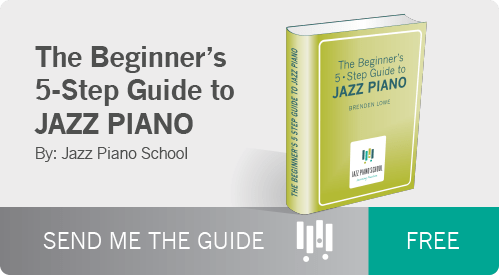
Bijan Taghavi is a pianist, composer, and educator currently based in New York, NY. For more information visit: BijanJazz.com.


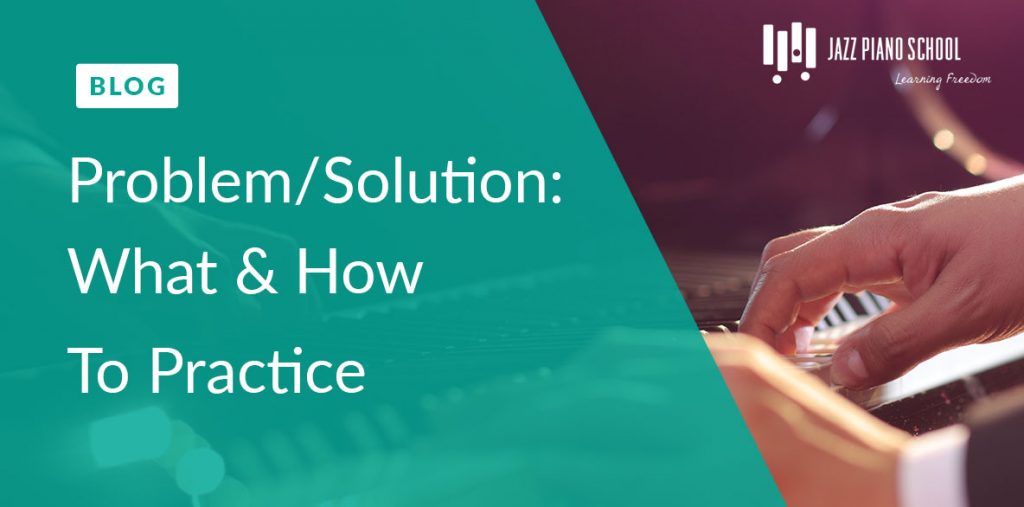
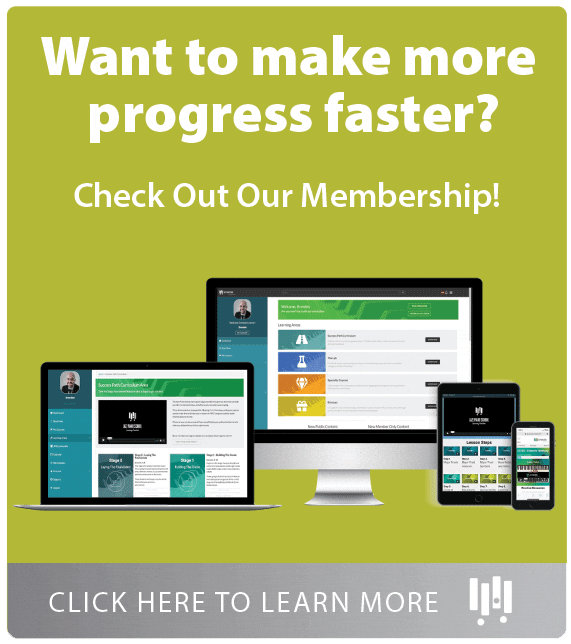
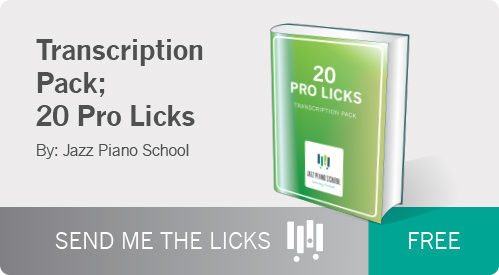
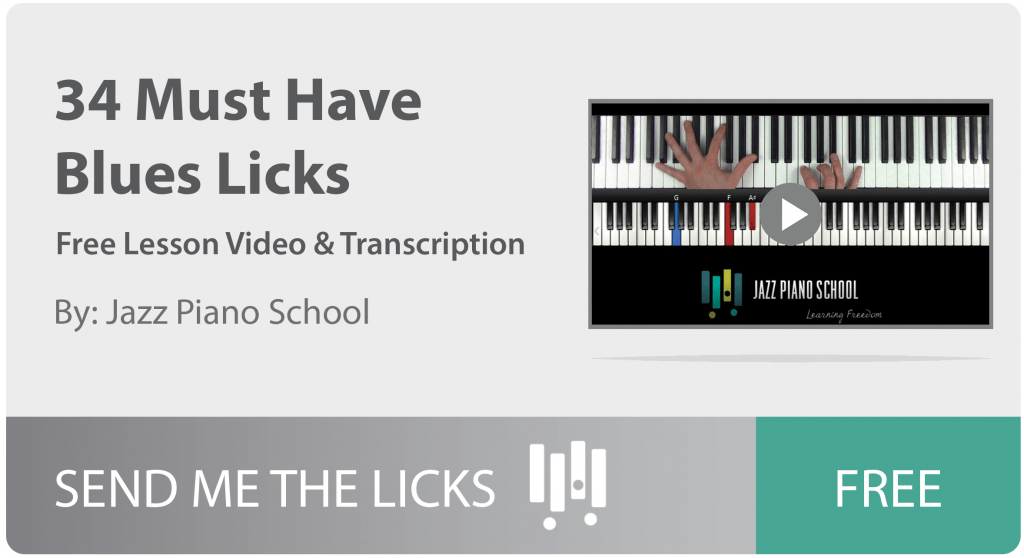
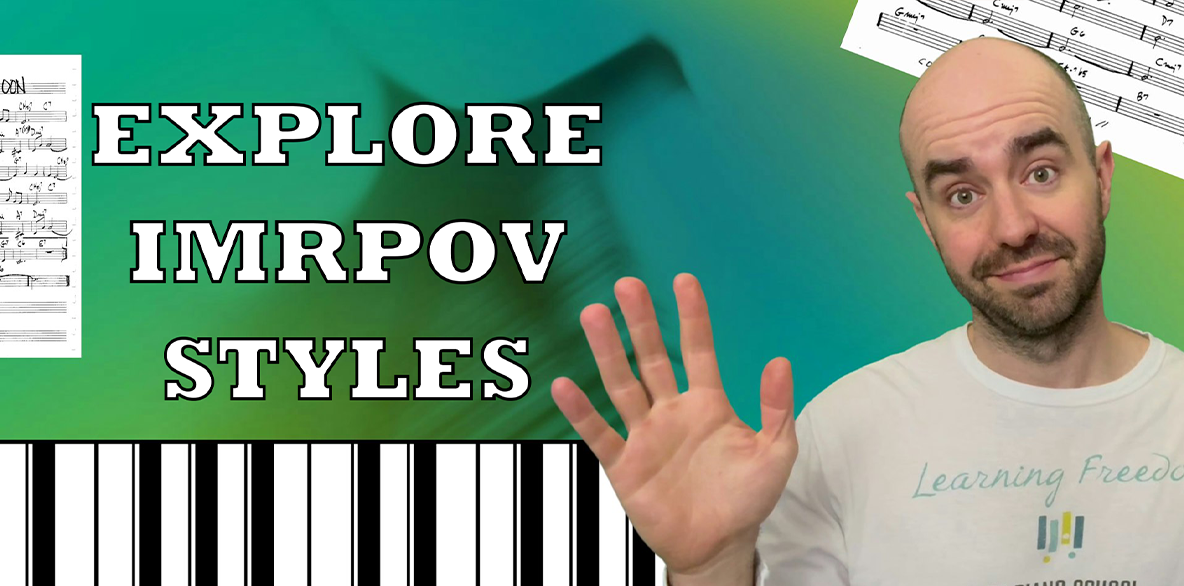

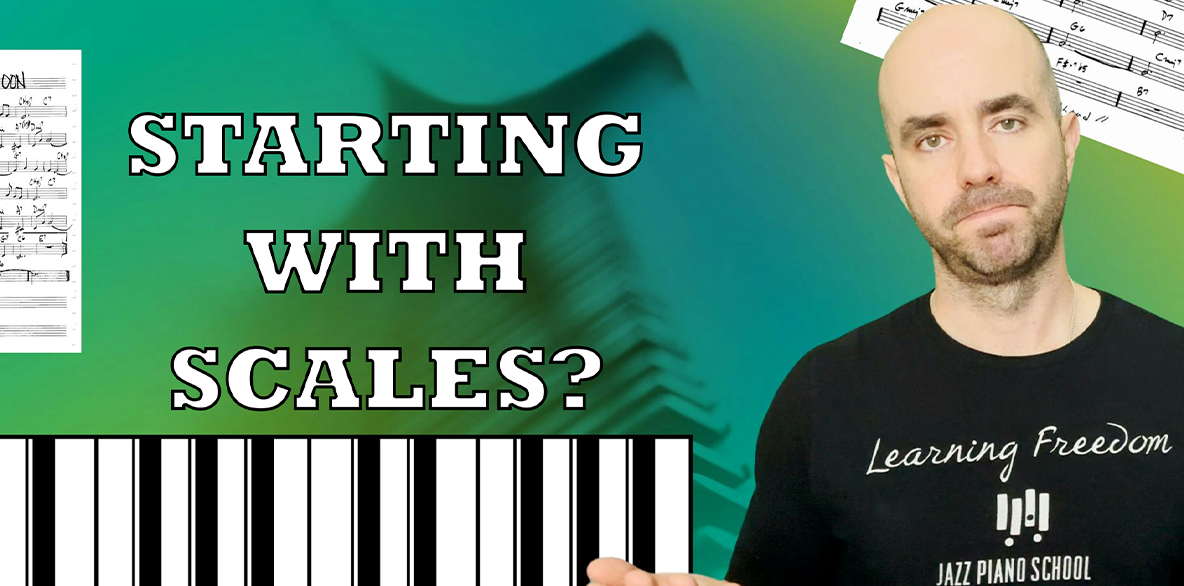
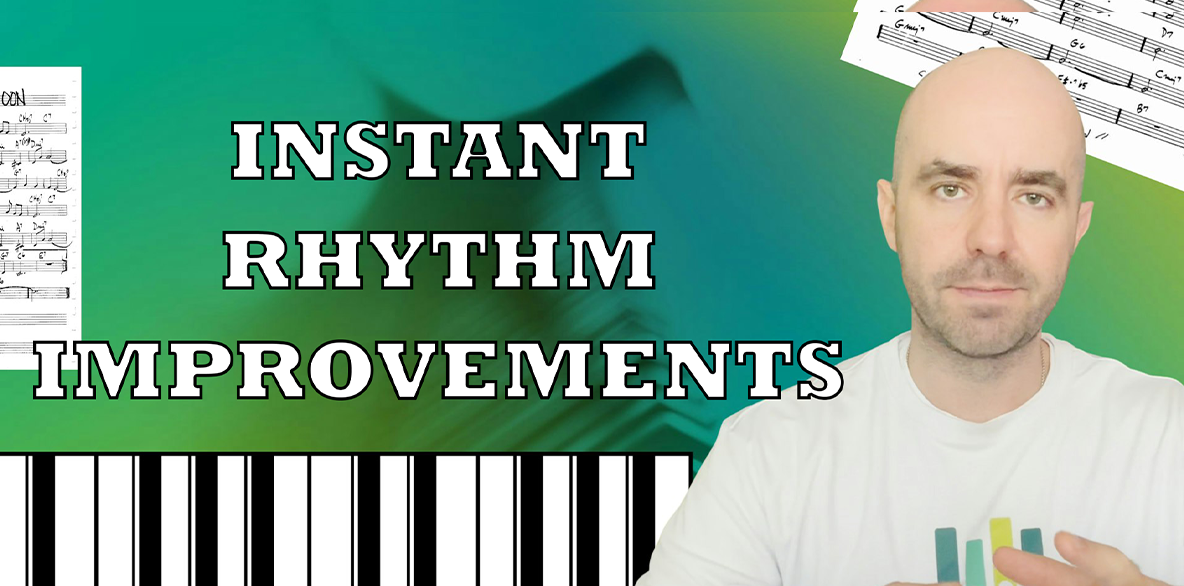
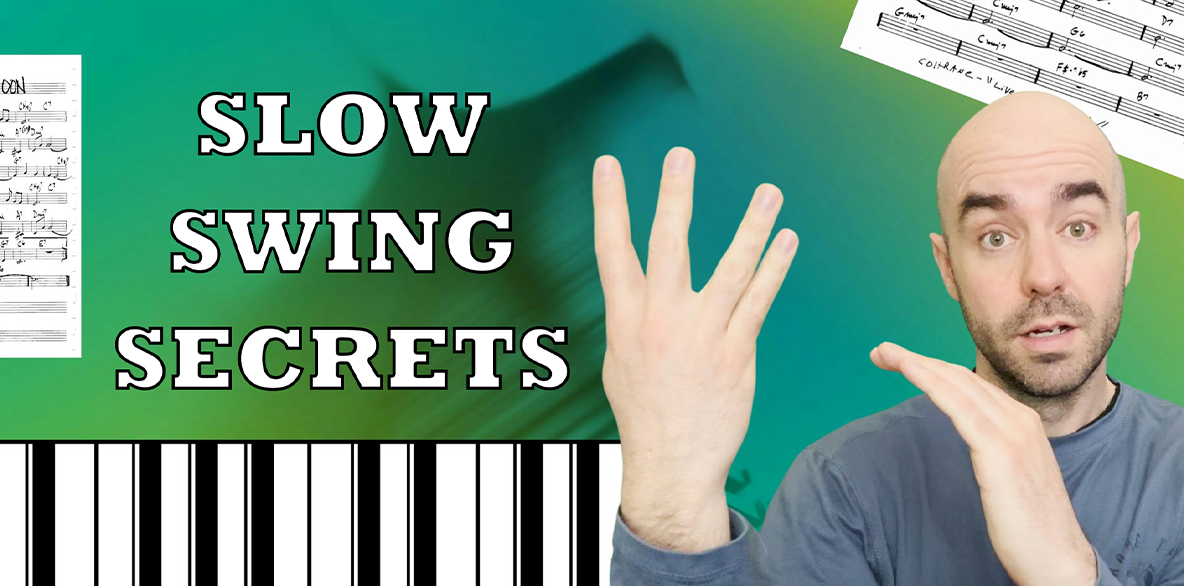

2 Responses
As an older (78) and more seasoned semi-professional jazz pianist I really appreciate all the wonderful information you have provided recently in your posts and videos.
Hi Bijan,
Thank you for your very good practice tips.
I have been struggling with my piano practice. I recently damaged my back and up till now haven’t been able to sit at the piano. I have found that I have been bombarded with just so many scales and chord types that I have almost come to the point of throwing in the towel. I am simply going to start all over again with the major and basic minor (melodic) scales. At least until I build up some hand/finger mobility.
With thanks,
Robert